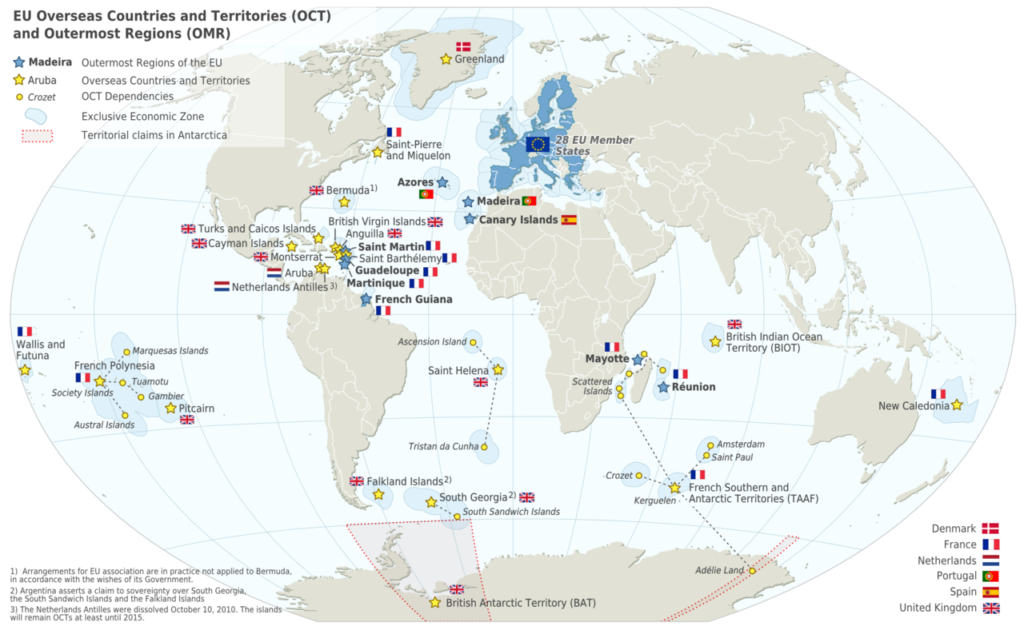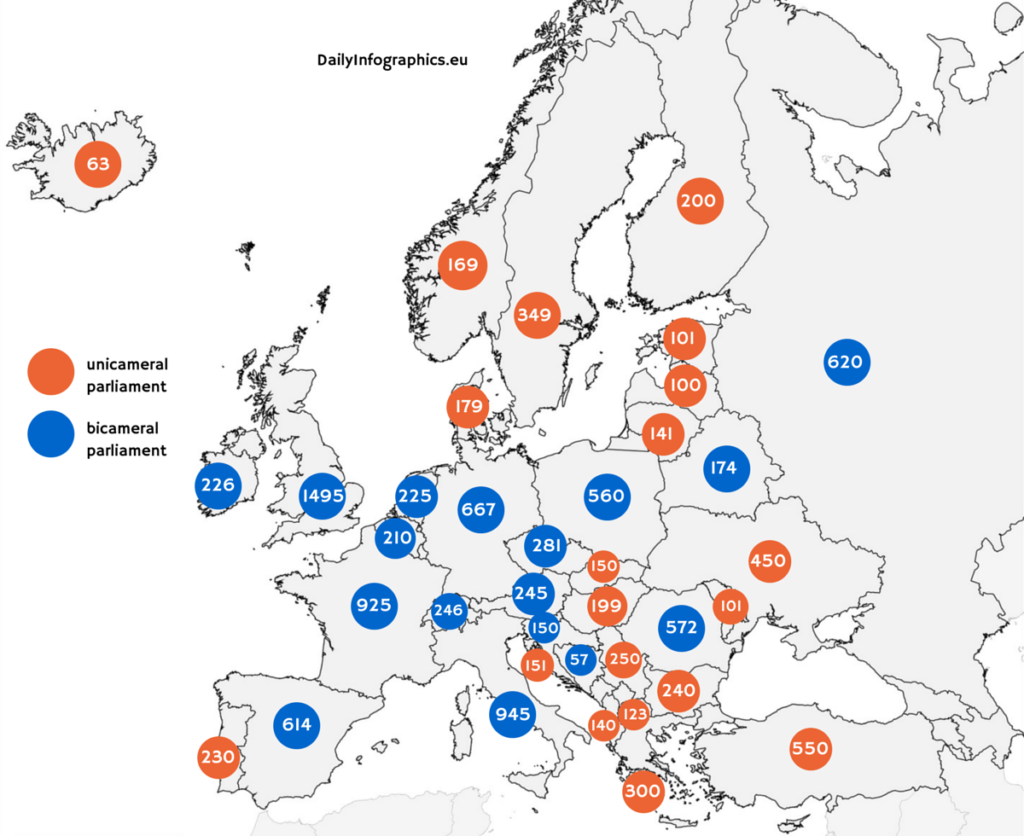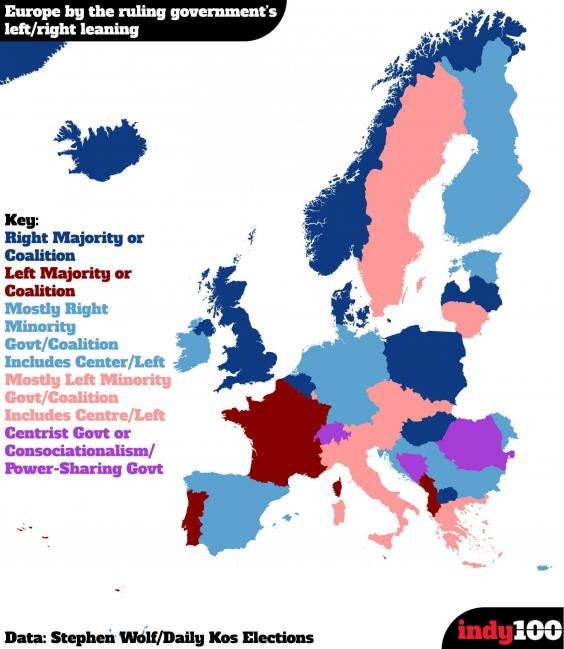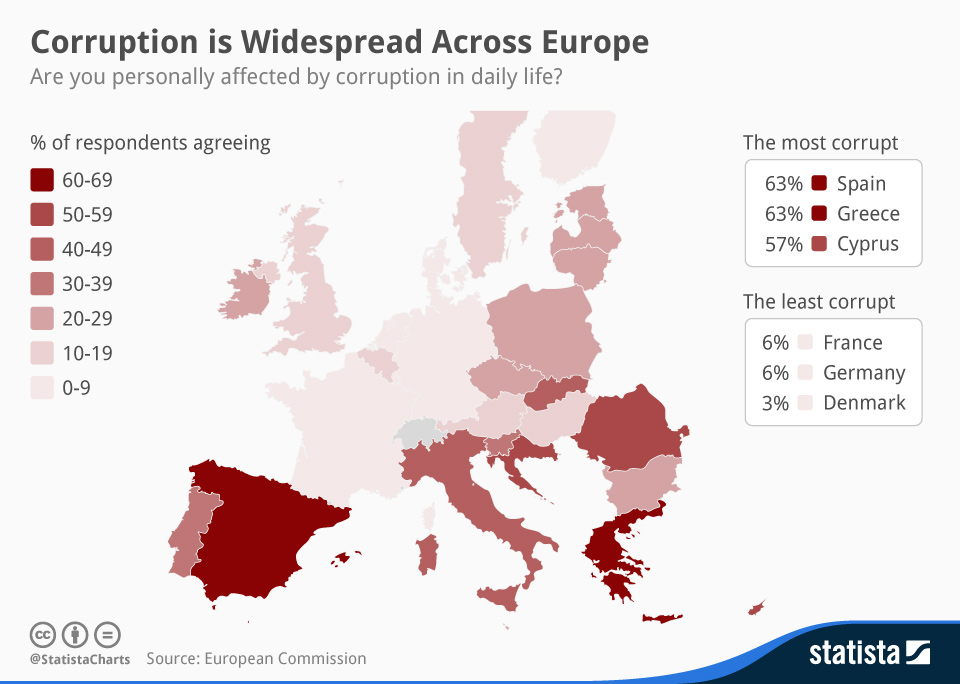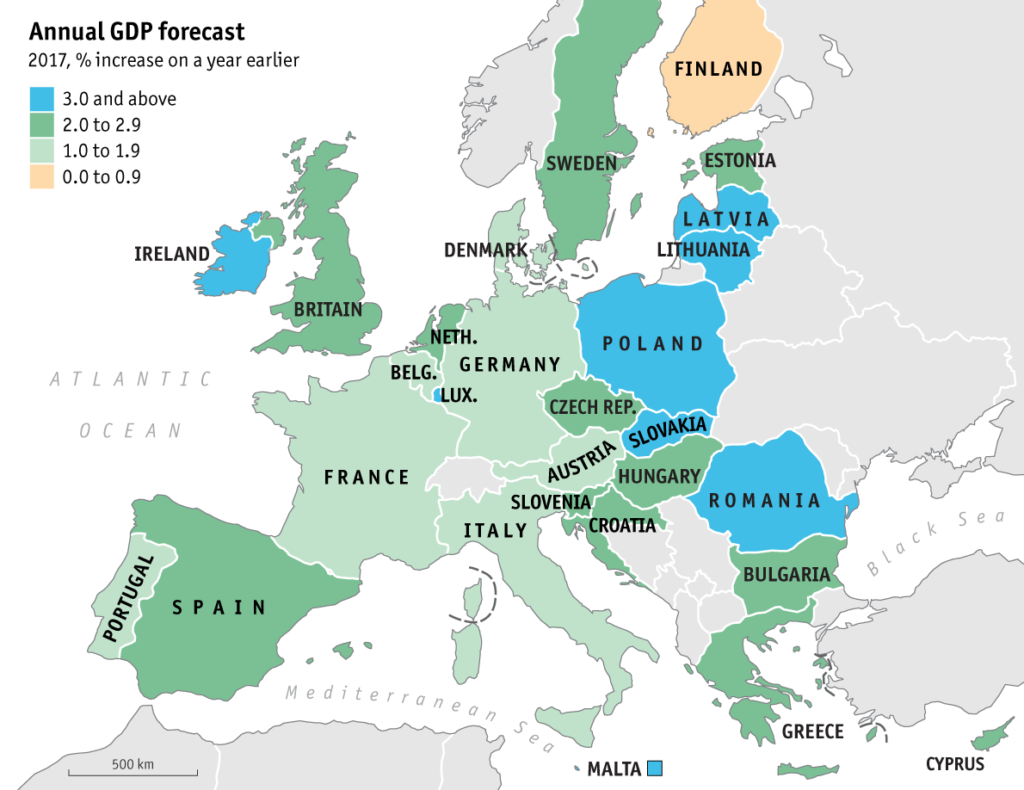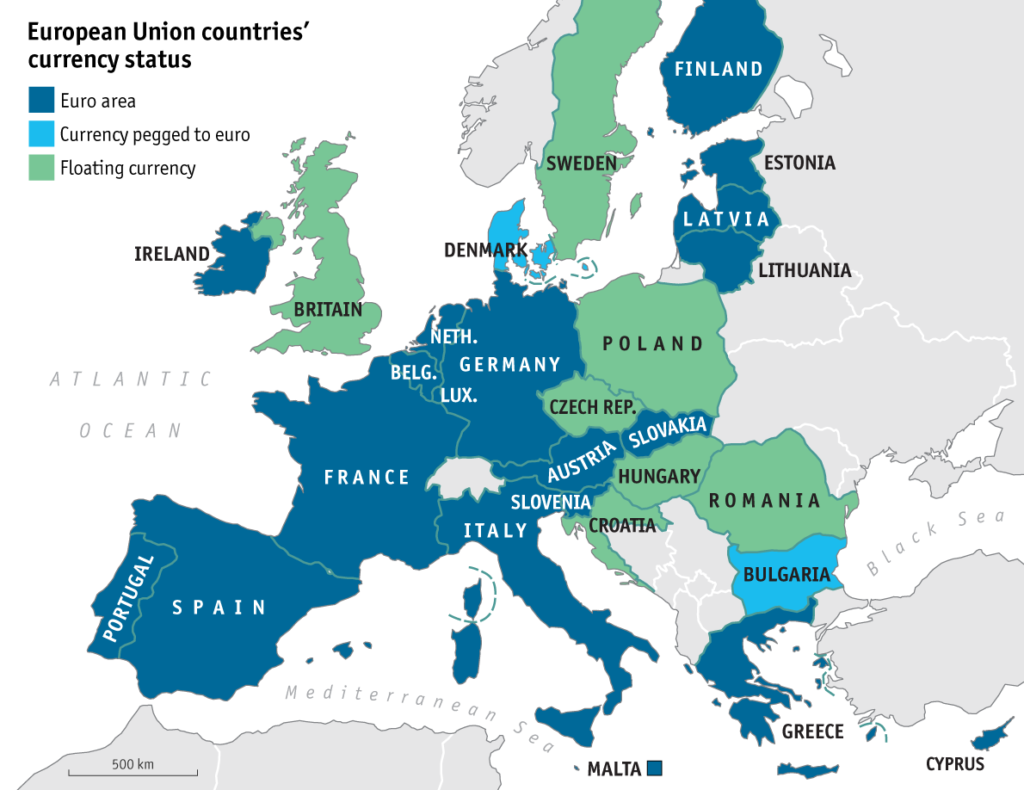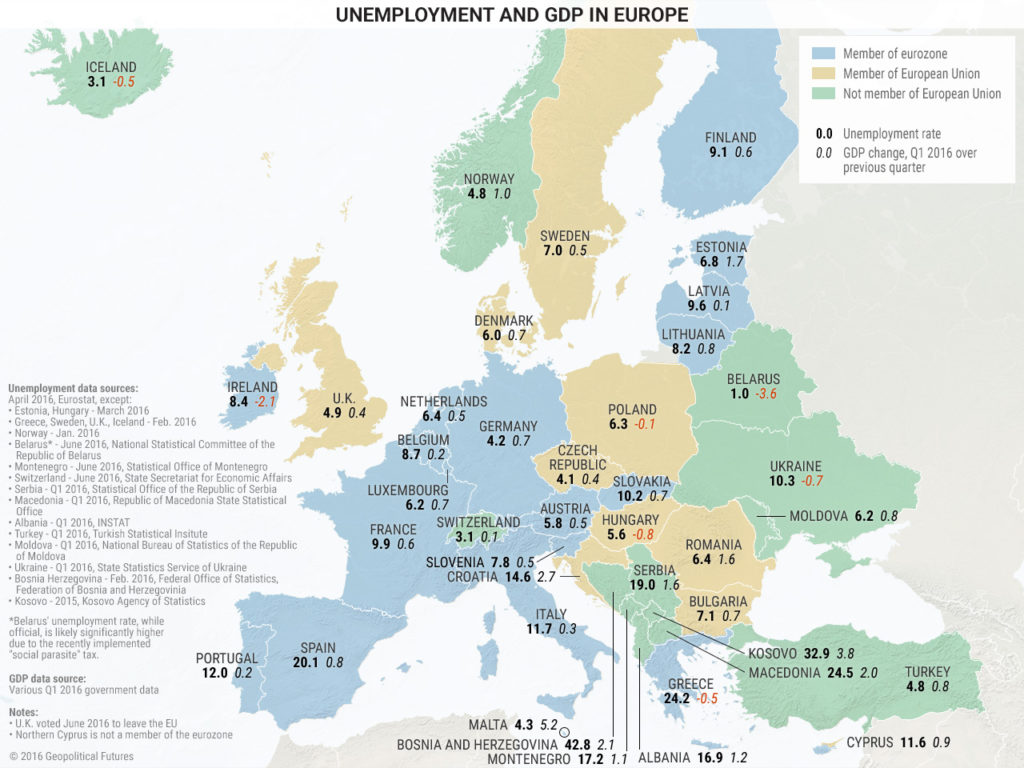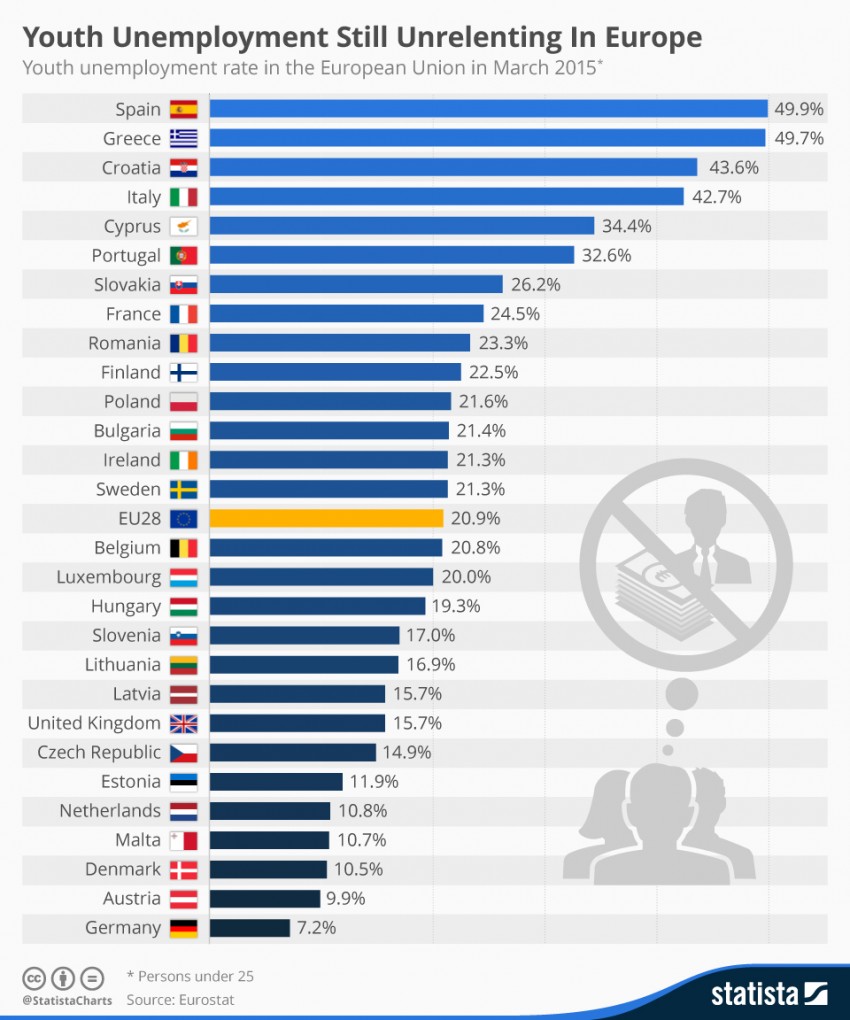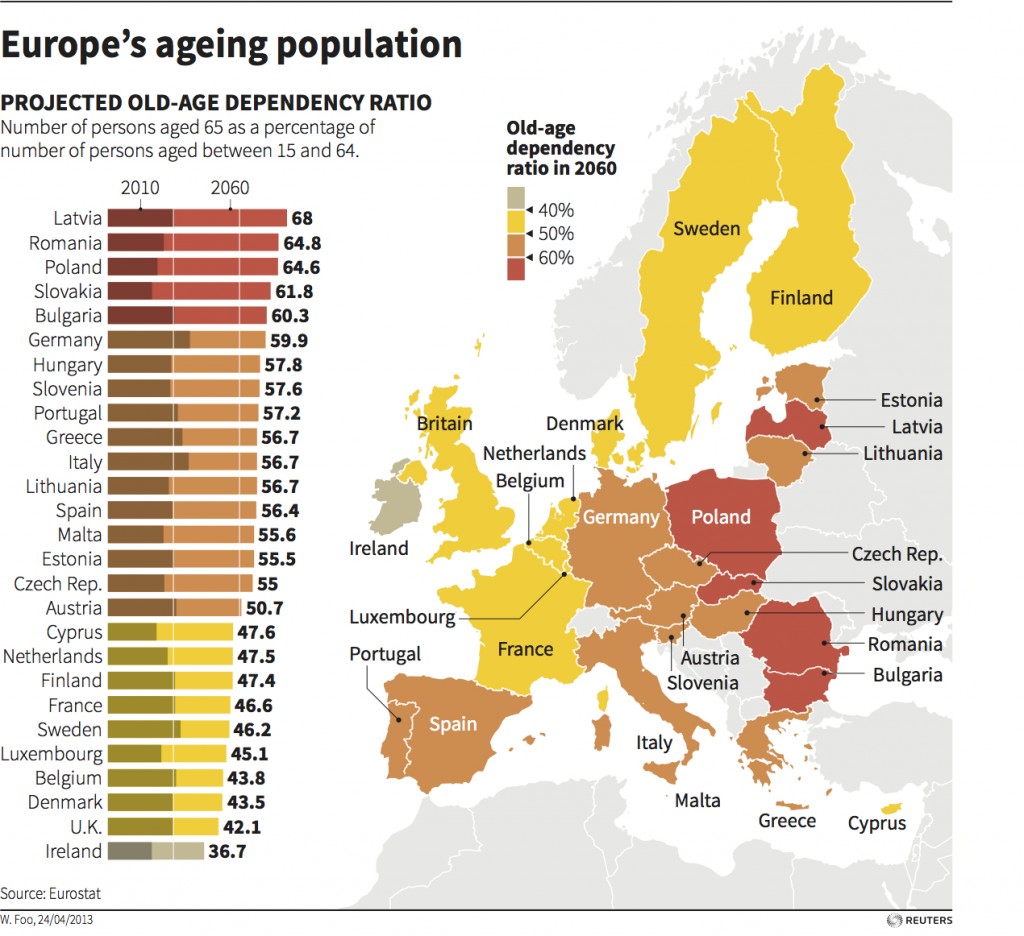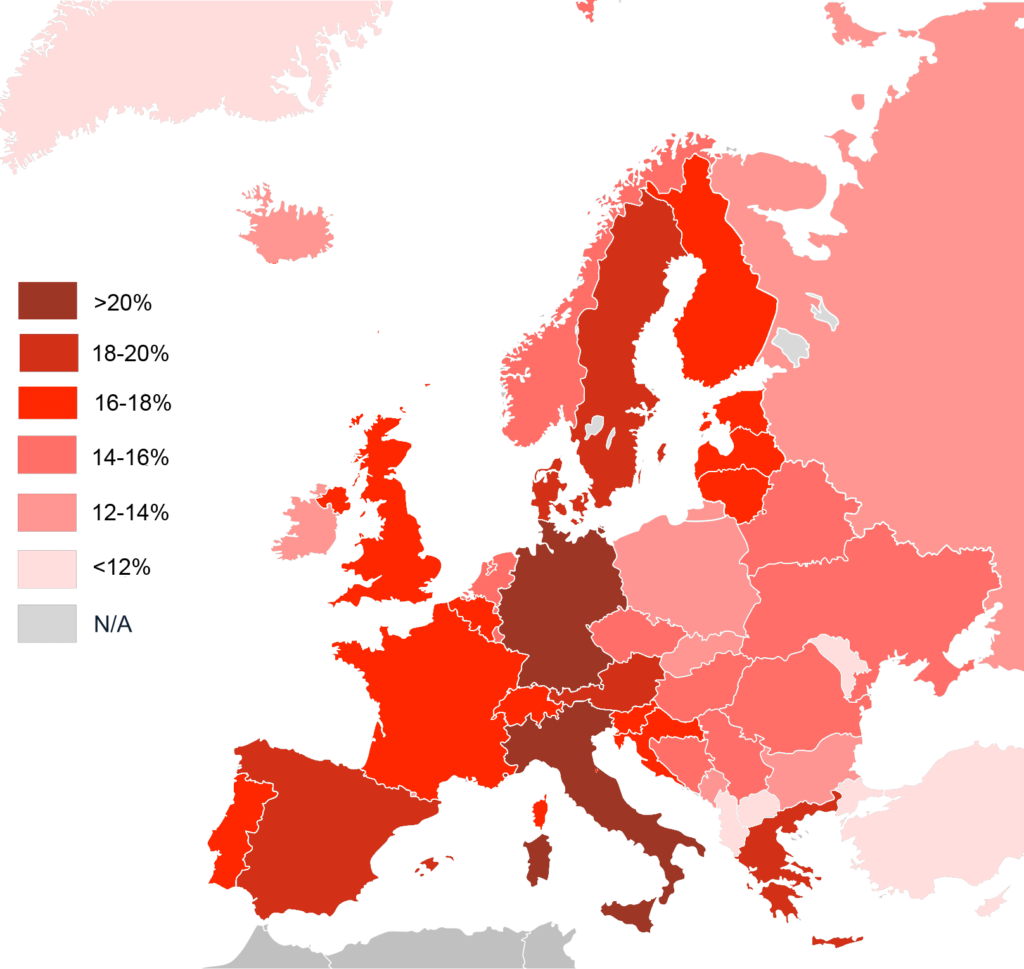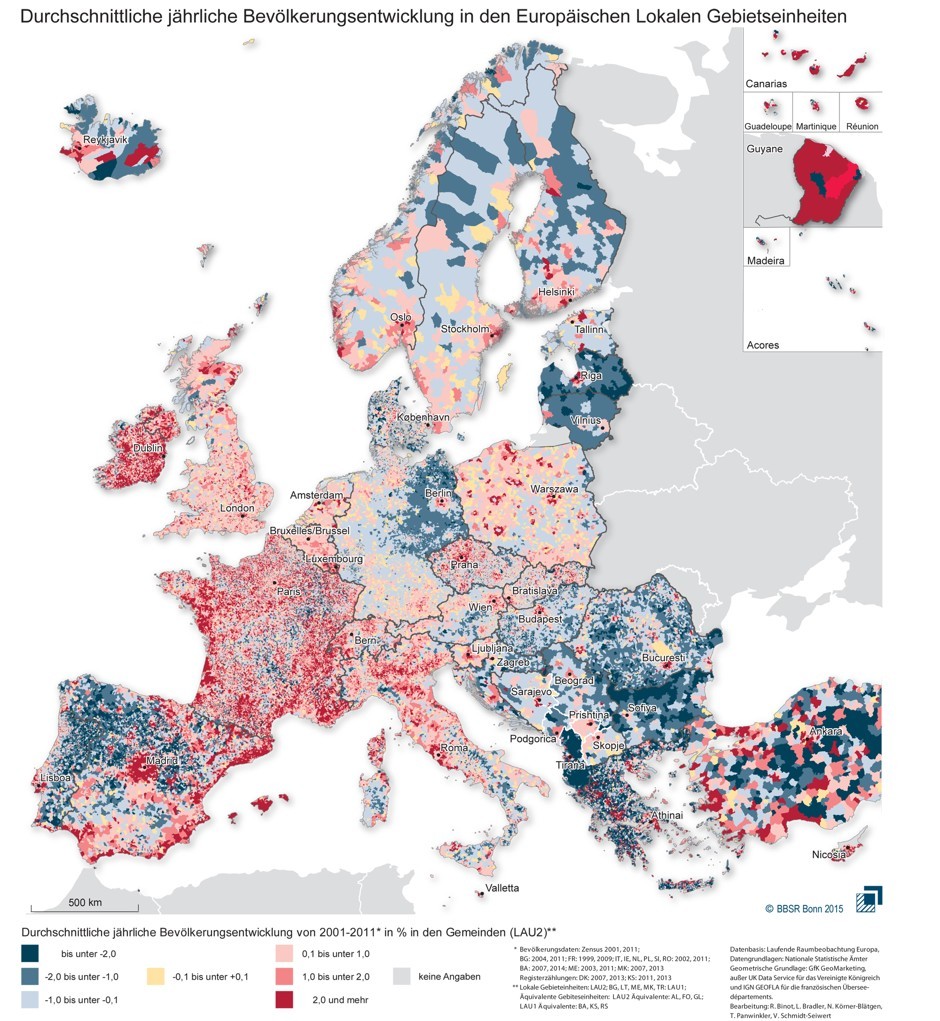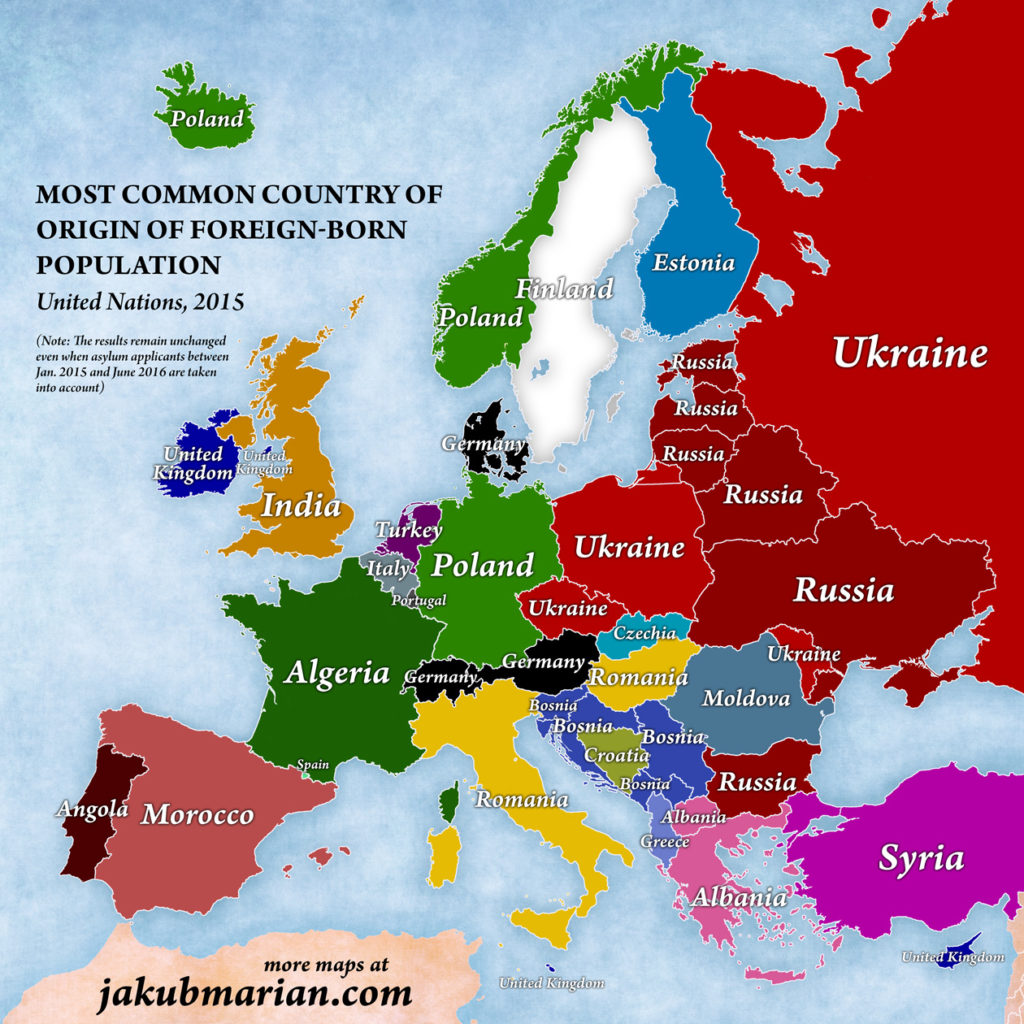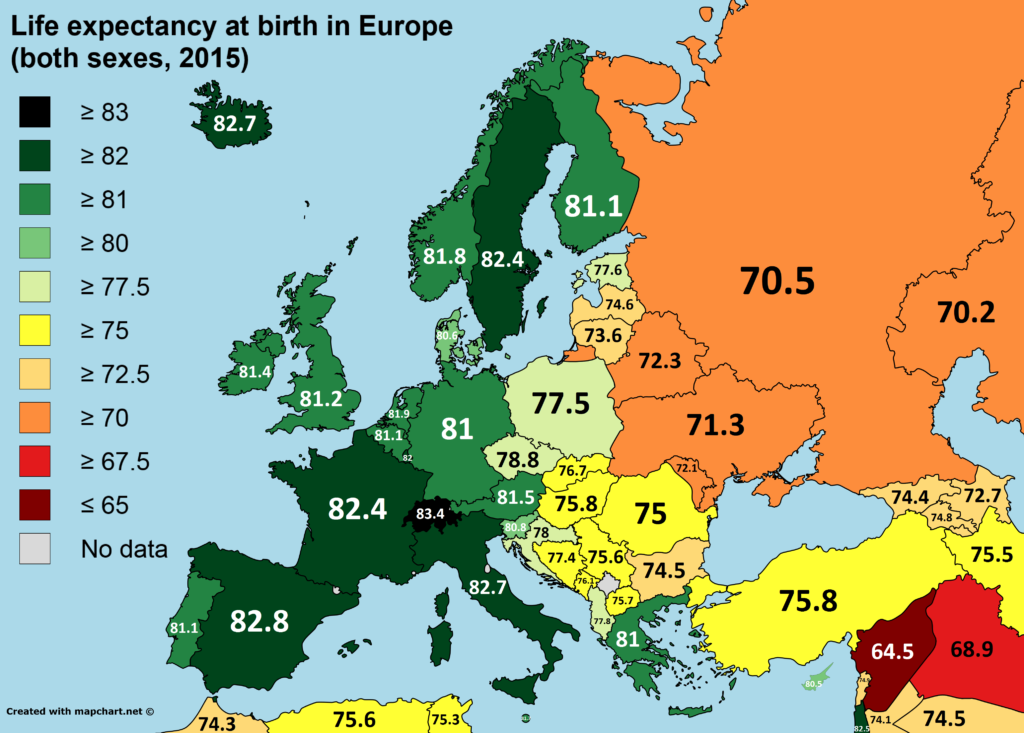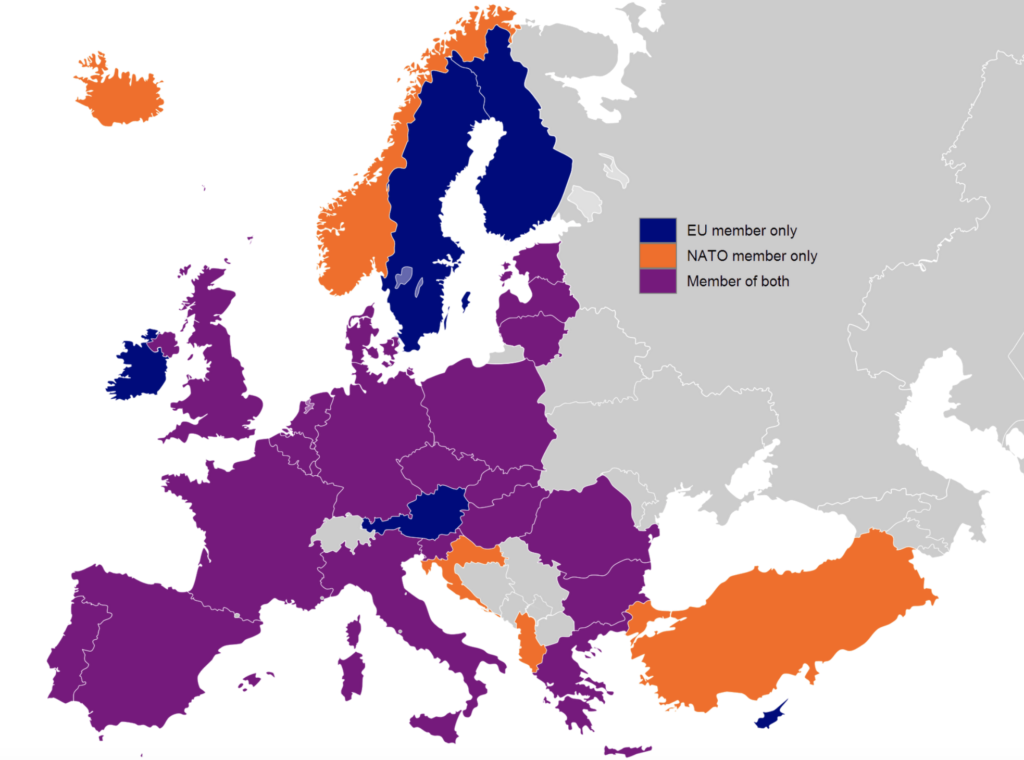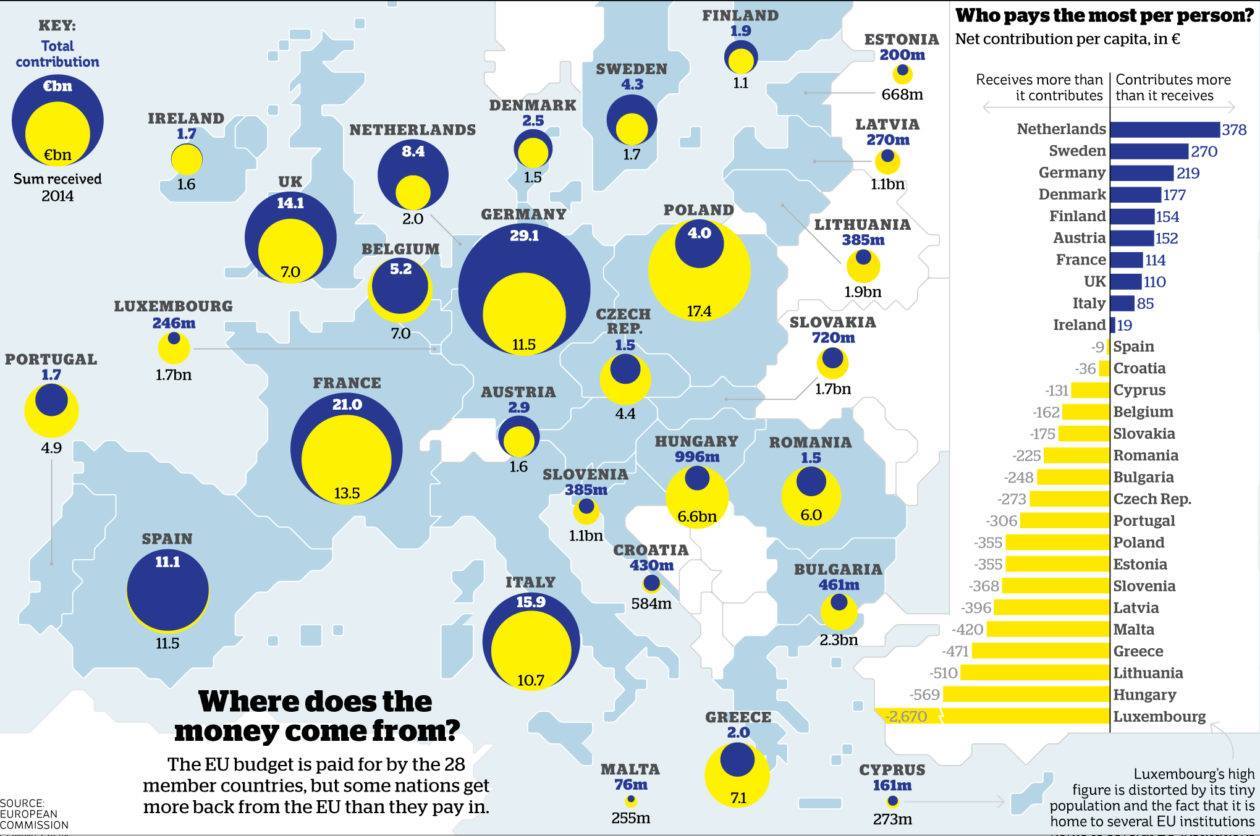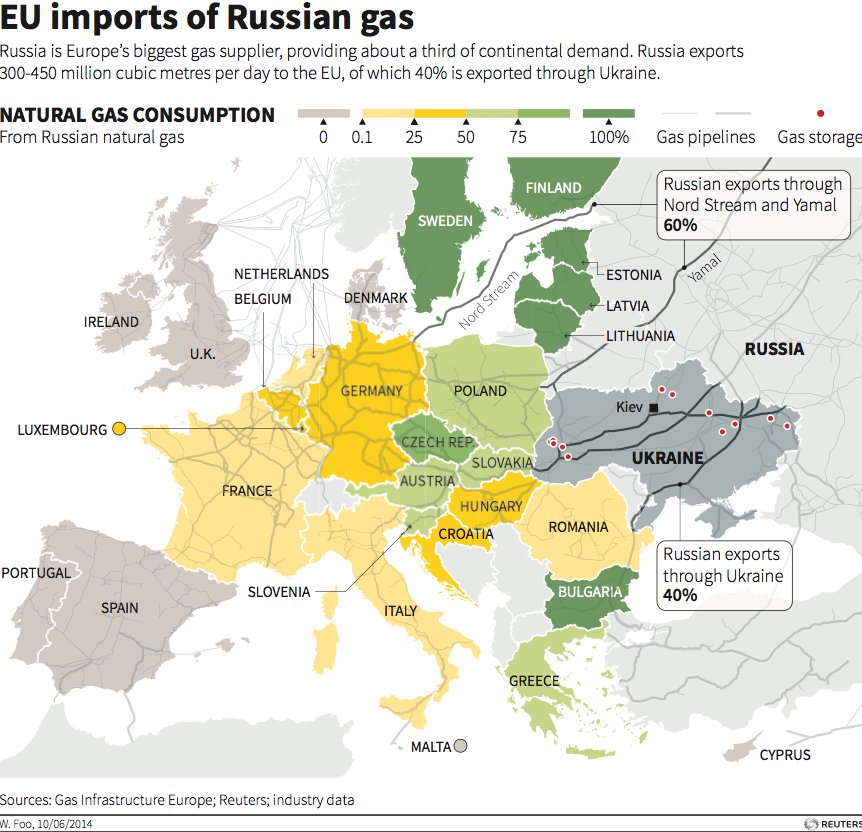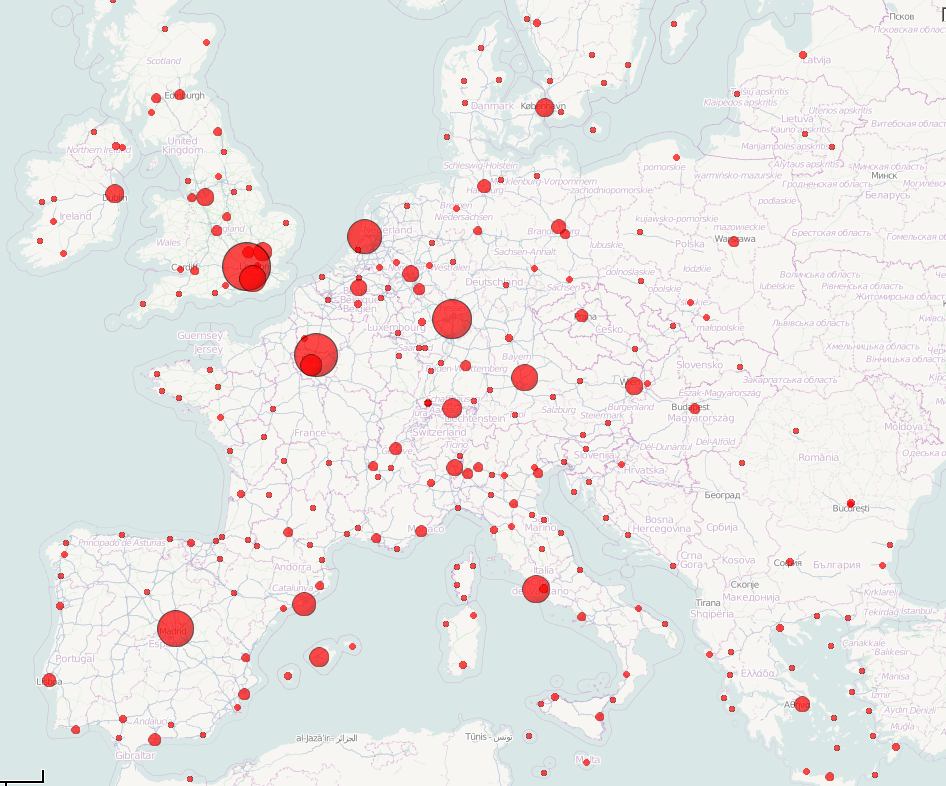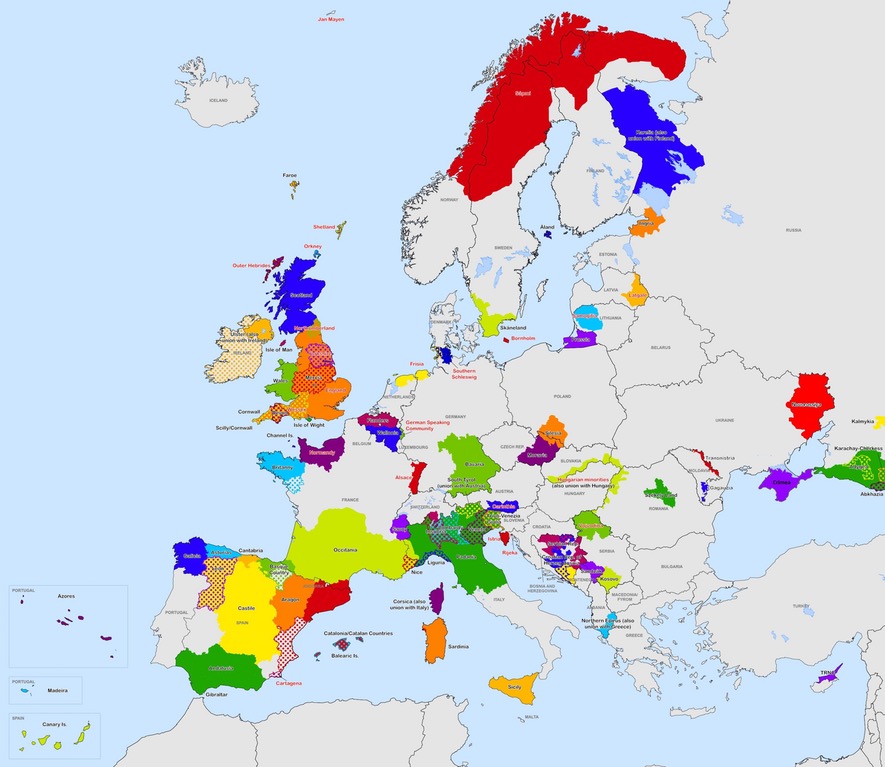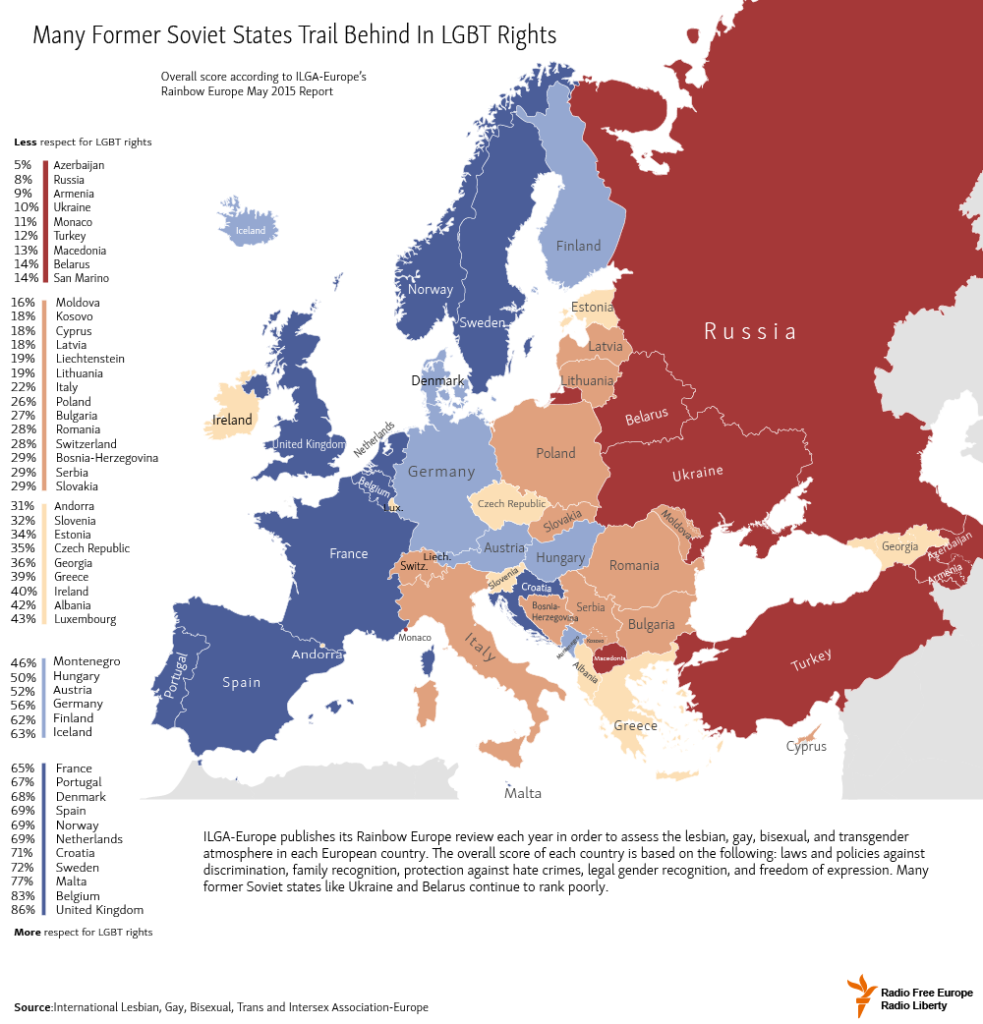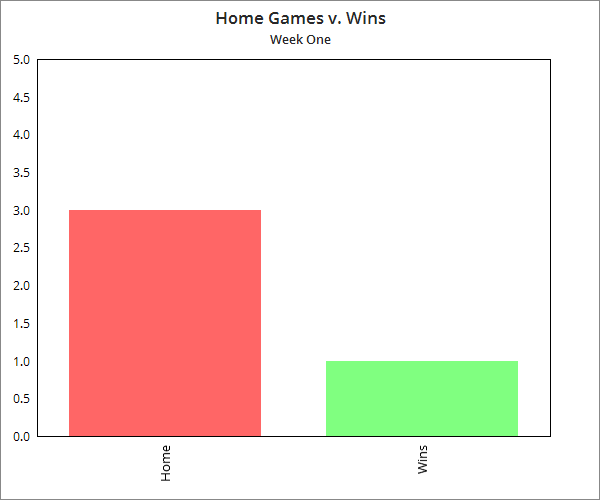
Utilizing map data to project a simplistic graph analysis
Mapping resources can be used for any manner of data collection, of which a variety of geostatistical analysis can occur, one of the more familiar of these being graphs. Creating a graph from multiple data sets sourced from multiple maps can be an easy, straightforward process when broken down into steps. The example I’ll be using here is an athletics map, one created to mark the locations of upcoming events for a collegiate sports team. By taking the location data and gathering the information on match wins, it’s possible to take initial points displaying a particular manner of information and extend them to portray a new perspective on the data; more specifically, analyzing the number of wins for a women’s football team in relation to both location (away vs. home) and weather.
This data surveying took place over a span of a month, with individual weeks being broken down into their own respective diagrams.
Creating the aforementioned diagrams from this data is relatively easy, and can be shown through any basic bar graph, as displayed. Two were made per each week, one displaying the away matches vs. the amount of wins that were achieved, while the other displayed the same information regarding home games.

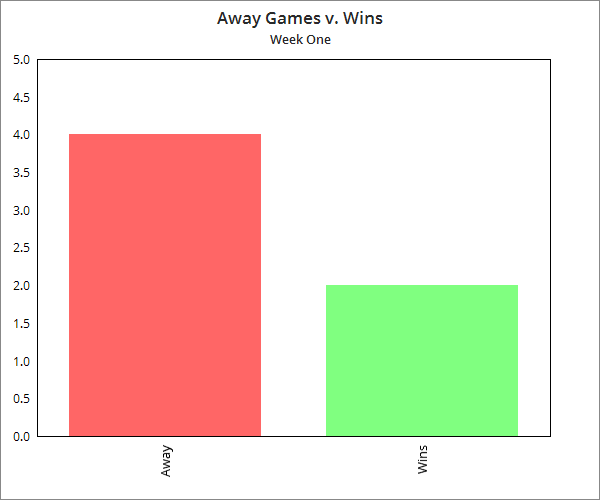
While bringing in this information, I concurrently incorporated data from The Weather Channel’s interactive map. Weather information here could be utilized in two main ways, the first being the weather during the event itself, causing a direct action on the match. The second is the average weather forecast, which could have an indirect effect such as a change in location or other modifications.
When extracting this data and presenting it in a new format, it can then be displayed alongside the match data points, showing possible correlations between wins, location and weather. In this instance, this was achieved by taking the average weather per week, and creating a scatter plot representation that can then be analyzed in correlation with the accompanying match results, as shown below.
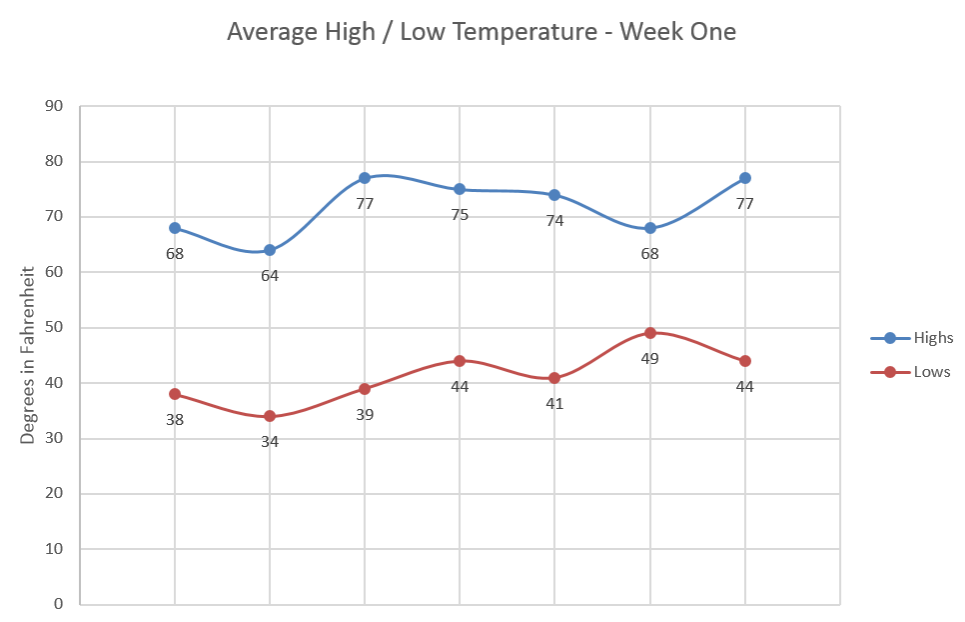
There’s a wide variety of visual representations that can be made using GIS data, and being able to create these graphs allows for further analysis that builds on the base map and its core information.








